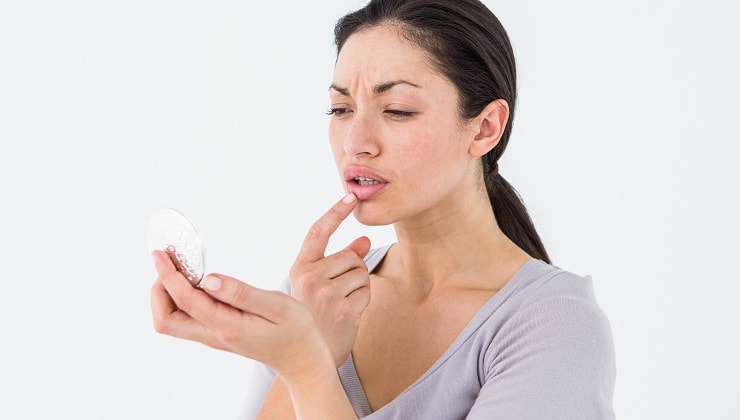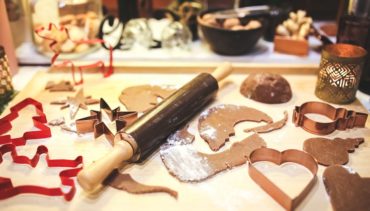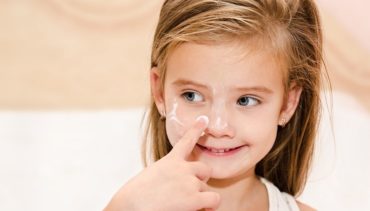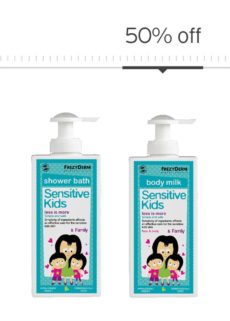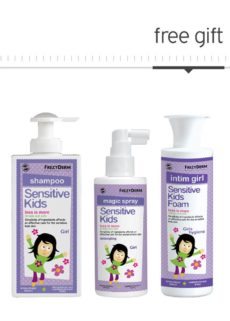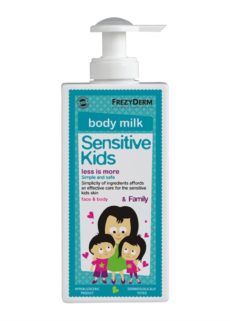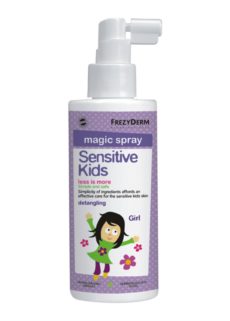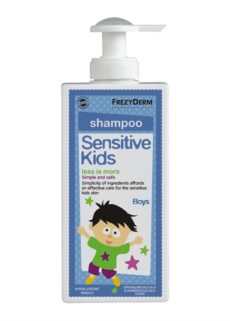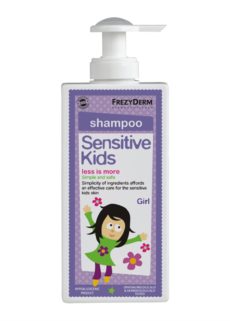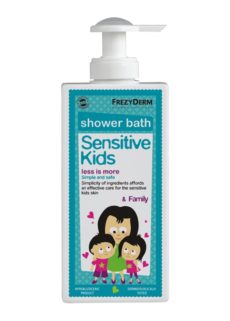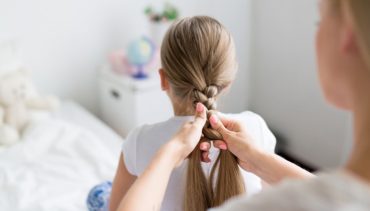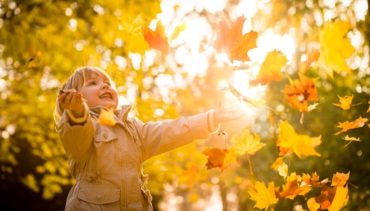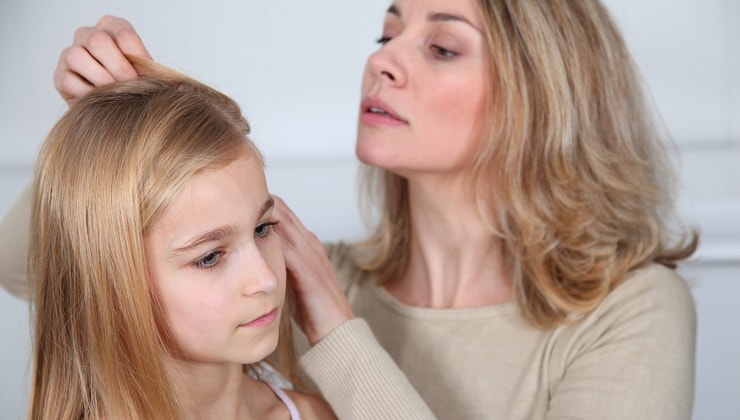
Our Top Tips to Bust Head Lice
What are head lice?
Head lice (or Pediculus humanus capitis to give them their technical name) are tiny insects that infest the hair, mainly close to the scalp. Nits are the empty egg cases that are attached to hair strands that the lice hatch from.
Head lice is a very common problem, particularly with children between the ages of 4-11. The lice have no preference for children’s hair over adults’ but because the young are less protective of their personal space and are more likely to share hats and brushes the lice spread faster and more often. Despite popular belief they do not prefer dirty hair. They are resilient creatures and go for any hair if there is a scalp at the end of it.
They’re generally harmless, but can live in the hair for a long time if left untreated. They are mostly irritating to the scalp due to the lice’s saliva that can cause an itchy allergic reaction.
Signs & symptoms
Head lice can be tricky to spot. Take a close inspection of your child’s hair and scalp. Look out for small, whitish or grey-brown insects. They range in size from a pinhead through to that of a sesame seed. Ask your child if they often feel ticklish on the scalp or neck. Look for rashes in these areas too.
To be sure of an infestation use a special fine-toothed detection (‘nit’) comb.
Alternative treatments
Treating headlice and nits takes time and patients as often more than one session of treatment is needed. It has been reported that head lice are growing resilient to over-the-counter chemical preparations so in light of this many are looking to less abrasive remedies to rid their children (and themselves) of the pesky lice.
Our Lice Free Set (Medical device, 2803) is free of insecticides, Effective-Safe and Quick-Easy to use making it a go-to for any parent. The set contains: Special shampoo, Lice killing spray, Fined toothed comb
Here are some of the most popular alternatives:
Smothering: Use olive oil, petroleum jelly or hair gel on your child’s hair. Lice suffocate and die when the oil/jelly/gel blocks their breathing holes. Apply the product to your child’s hair thoroughly and leave on overnight under a shower cap. This may take several applications It can be difficult to remove from hair but dish washing liquid can help remove this.
Use a fine-toothed comb to remove dead lice and nits.
Hair dryers: Use a standard blow dryer directly onto the hair on a heat setting to kill the insects. Nearly 98% of nits & 55% of lice can be killed with this method. Remember not to use a hairdryer after putting in a chemical head lice treatment as some are flammable. Make sure the heat is not up too high as this can burn a young child’s sensitive skin. If the heat is too hot for your hand it’s certainly too hot for their scalp.
Essential oils: Some essential oils naturally kill lice and their eggs, soothe itching and deter future infestations. The oils famed for their anti-lice properties are tea tree, lavender, ylang ylang and anise oil.
Mix 50 drops of your chosen essential oil with 4 tablespoons of vegetable or olive oil. Apply into the hair and scalp thoroughly then like the smothering method, put a shower cap on then wrap with a towel and leave on for an hour. After the time, has passed thoroughly wash the hair and comb with a fine-toothed comb.
Prevention
“Prevent is the best remedy” they say, so with this in mind make sure your child doesn’t share, hats, headscarves, ribbons, pillows, brushes and combs with others to minimise the chances of picking up head lice. For an extra line of defence try our Lice Rep Lotion.
This spray contains a powerful blend of tea tree oil, geranium, lavender and almond glycerides, which repel head lice, while conditioning, detangling and nourishing the hair. The Lice Rep Lotion is your first line of defence against head lice.



